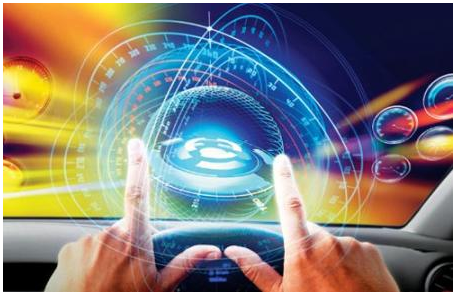How is the sensor installed and fixed?
There are two ways to fix the sensor: PCB and disk mounting
(1) PCB installation method
Generally, the measurement signal of the primary side of the PCB-mounted sensor is relatively small.
The output end of the sensor adopts the pin or SMD method. Welding can be performed according to the welding process of general devices. Because some sensors are not filled with glue, try to avoid cleaning.
(2) Disc installation method
Generally, the primary side of a disk-mounted sensor has a larger measurement signal and a larger volume.
In the sensor's specification, the spacing and hole diameter of the mounting holes are provided. At the same time, the size and tightening torque of the screws used in each mounting hole are specified. The recommended torques are verified and evaluated by the design engineer. During installation, strictly follow the recommended torques in the specifications, otherwise the shell may be easily broken. In particular, the glue-filled sensor cannot be repaired once the casing is broken, which brings economic loss and also causes trouble to the construction.

Installation direction
(1) Current sensor
There is an arrow on the housing of each current sensor. The direction of this arrow represents the direction of the measured current. When connecting the measured current to the primary side of the sensor, ensure that the measured current and direction are the same as the arrows shown on the sensor. The direction is the same. Otherwise, the output signal of the sensor will be reversed.
(2) Voltage sensor
On the housing of each voltage sensor, there will be positive and negative voltages on the primary side, which respectively represent the positive and negative poles for accessing the measured voltage signal.
Some sensors also have a grounded output terminal "E" or "". Usually this terminal is connected to the shielding layer, and it must be connected to the protective ground for shielding and anti-interference.
It is worth reminding that although the sensor can be AC and DC universal, the direction of the primary side access will also bring about changes in the output of the secondary side, and the waveform of the primary and secondary side will reverse.
For current transmitters with large current measurement, the primary side is generally a perforated structure. Select the appropriate cable or copper bar according to the shape and size of the perforation to ensure that the original superconductor can pass through the perforation smoothly. And damage the sensor perforation.
The penetrating conductor should be as full as possible to ensure measurement accuracy. When the cable and copper bar pass through the sensor, there should be fixed support on both sides, try to center it as much as possible to avoid the copper bar or cable skew, so as not to affect the measurement effect.
In actual operation, it is necessary to pay attention to the temperature of the conductor, it is best not to exceed the nominal allowable temperature, so as to prevent overheating from affecting the normal operation of the sensor or damaging the sensor.
Sensor wiring
General sensor specifications will have wiring diagrams that clearly indicate the serial number of the corresponding output point, which generally includes the power supply positive Vc +, power supply negative Vc-, output signal terminal M, and OV. Be sure to wire according to the definition of the serial number. , Missing, otherwise it will damage the sensor.
(1) pin type
When the secondary side of the sensor adopts the pin type of PCB welding, the board should be laid out according to the pin number shown on the last page of the specification.
(2) Connector type
When the secondary side of the sensor is in the form of a connector, the specifications and specifications of the connector will be provided in the specification book, as well as the role of each connector. It is recommended to use special tools to crimp the terminals and wires to avoid short circuit or poor contact.
If you want to know more, our website has product specifications for the sensors, you can go to ALLICDATA ELECTRONICS LIMITED to get more information

